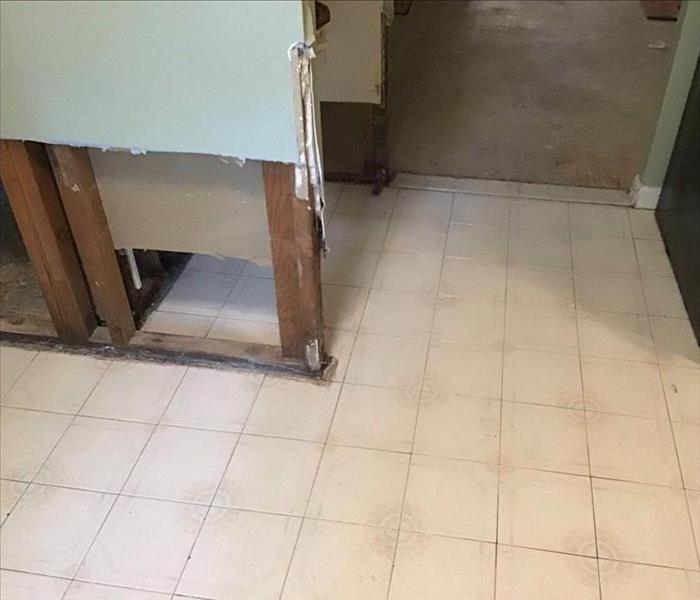Finding Hidden Mold
9/2/2020 (Permalink)
When you enter your Doylestown, PA, home and there is a musty odor, it means you have mold growth. Unfortunately, unless there has been known water damage, that fungi colony could be steadily growing out of sight. Along with checking known areas for dampness, seeking the help of an indoor environmental specialist can help you locate the problem and its source.
Signs of Hidden Damage
Along with the odor, there are some known areas for mold to lurk. Check walls and ceilings for cracks, soft spots, or signs of water damage. Also, inspect the following areas:
Behind the refrigerator
Under stacked newspapers or cardboard
Below sinks and faucets and around pipes
Wallboard around windows
Ventilation ducts
Carpet or rugs that have been wet
Nonvisible side of ceiling tiles
Drywall between studs or areas that have been flooded
If you find mold in any of these areas, it’s time to call mold remediation and restoration professional to return your home to normal. If you still can’t find the source of the odor, consider having a mold test done.
Testing for Mold
A professional indoor environmental specialist has an array of tools to locate hidden mold and water damage and different tests to its presence. These include:
Air Testing – Air samples are taken to test mold spore concentration, which can help determine the extent of the hidden problem.
Surface Testing – Samples from various surfaces are taken to test for spore deposits and growth. This can help pinpoint areas with a higher concentration.
Bulk Testing – This test involves taking materials from the home to be examined at a lab. This method can tell the concentration of particles.
Culture Tests – To determine the species of mold, particle samples are allowed to grow in the lab.
Dealing with mold can be an ongoing issue, especially if the source can’t be found. An indoor environmental specialist has the latest tools to conduct tests and assessments to help get your home back to normal.





 24/7 Emergency Service
24/7 Emergency Service
